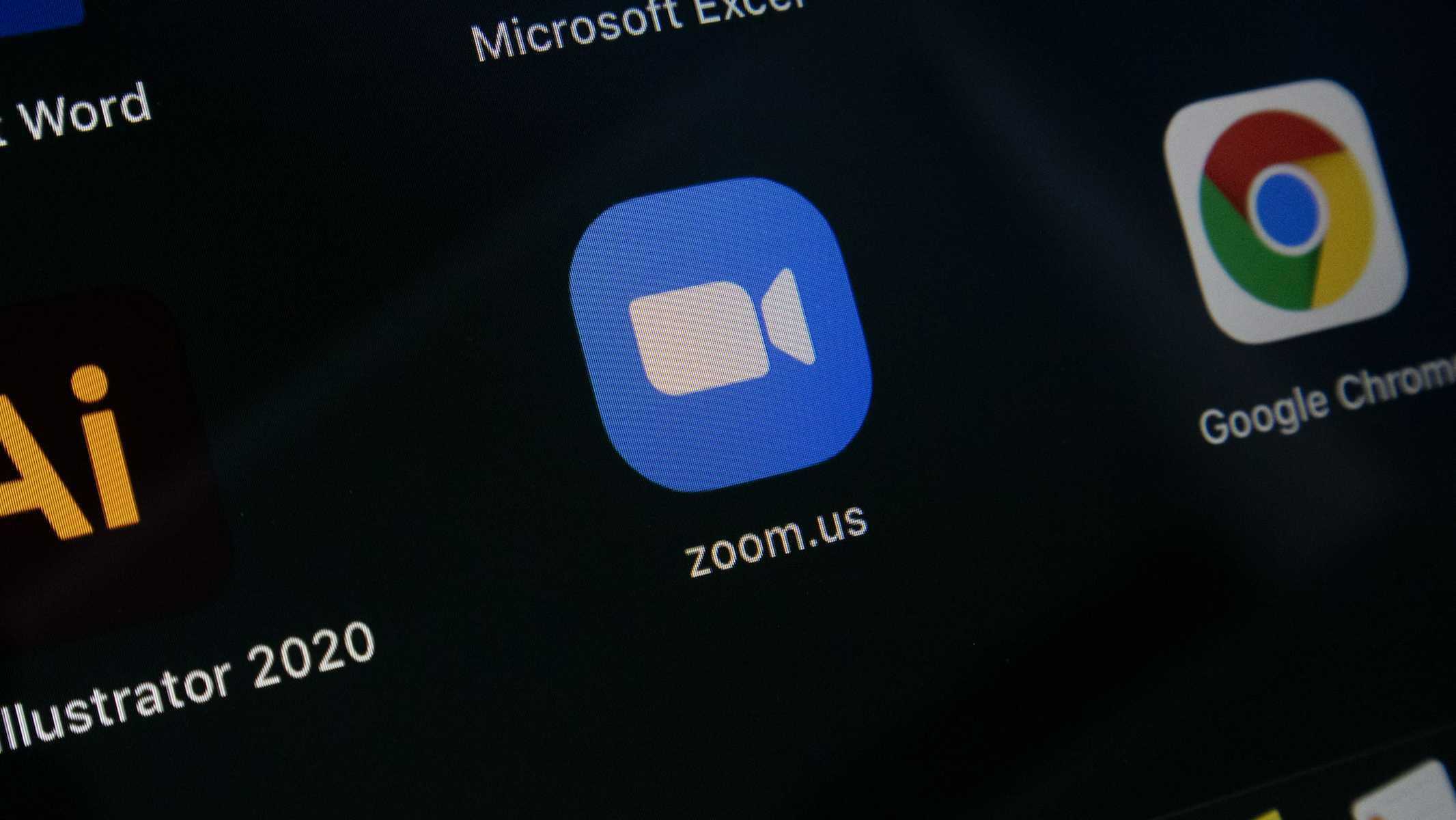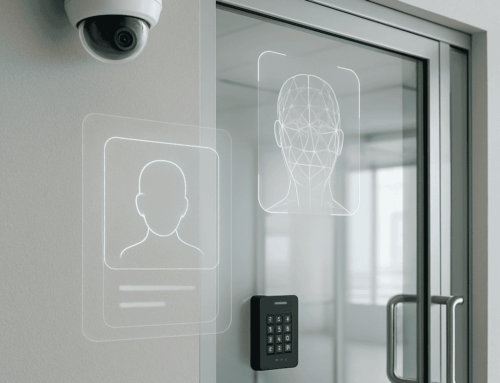Why is my screen sharing not working? [10 Tips To Fix Most Issues]

You’re ready to nail your digital presentation. You know your talking points. You’ve practiced your speech so much that you’ll never forget it. You have run all the technical checks.
Buy nolvadex uk bodybuilding shoulder superset workouts alcohol, bodybuilding and training: the metabolic reserve of nutrients.
It’s showtime.
You’re hitting all your marks. Now it’s time to share your screen with your audience. You click the right button and nothing happens.
“Why is my screen sharing not working?” you ask yourself.
Everything on your end looks good.
“Why is screen share not working?” you say aloud before apologizing to your audience.
Your hands start to shake. You feel warm all of a sudden. Did the AC break?
“Why can’t I screen share?” you say once again as if repeating yourself will solve the problem.
You can’t troubleshoot the issue in the middle of the video call. You already think you look foolish. Will anyone believe you know what you’re talking about ever again?
You have to move on and hope the people who have stayed with you still care about your presentation.
When screen sharing isn’t working, you can lose a significant amount of time fiddling with it. Although you might think you’re completely prepared, some unforeseen snag will prevent you from using the feature.
Before you call your IT department, try these 10 tips to fix most issues associated with your screen sharing problems. The next time you ask “Why is my screen sharing not working,” you’ll know what to do.
#1: Force Quit All Running Applications
Force quitting applications is simply making them shut down. When your screen sharing app does not work as intended or at all, then you have to shut it down and restart it. It might work again.
Force quitting on Macs
To close a Mac app, select Quit from the app’s menu in the menu bar or press Command-Q. If that does not work, then you can:
- Press Option, Command, and Esc together or select Force Quit from the Apple menu in the corner of the screen.
- When the Force Quit window opens, you will select the app you want to close.
- Click Force Quit.
Force quitting on Windows
While in the app you want to close, press Alt and F4. If this does not work, you can:
- Press Control, Alt, and Delete.
- A window or screen will appear on the screen.
- Select Task Manager.
- Once the Task Manager window appears, click on the app you want to close.
- Click End Task.
Force quitting on Android
You can swipe the app away but you might be better off following these steps:
- Go to your Settings.
- Choose the Apps or Apps & Notifications option.
- Choose the app you want to close.
- Select the Force Stop option and tap OK if prompted.
#2: Clear the Cache
Sometimes your device will not have enough memory for screen sharing. Your device’s cache is where your browser keeps all the files it frequently accesses so it does not have to repeatedly download them. Depending on your online habits, the size of a cache can balloon. Clearing the cache frees up the space so your device can run smoother.
Quit all running apps using any of the previously listed steps. Now follow the tips that correspond to your specific device/OS.
Clearing the cache on Macs
- Open Finder.
- Click Go in the toolbar.
- Click Go to Folder.
- A pop-up should appear. Inside it, type: ~/Library/Caches
- Press Enter.
- A folder containing your Mac’s cached files will appear. On your keyboard, press Command and A.
- Select the Move to Trash option
The files will be moved to your Trash where you can empty them like you would any other file.
Clearing the cache on Windows
- Open the Start menu.
- Type: Disk Cleanup and click it when it appears in the search results.
- Make sure the C drive is selected.
- Click OK.
- Make sure the box next to Temporary files is checked.
- Click OK.
Clearing the cache on Android
- Open Settings.
- Select Storage.
- Tap the Apps icon.
- Choose the app you want to clear.
- Once you select the app, you can choose Clear Cache.
#3: Restart Your Device
After you clear cache and cookies from the settings on your device, open your screen share app and try again. If you find screen sharing not working again, then you could force restart your device.
In theory, restarting your device will give you a blank slate to work with. Your device could run faster than before.
Restarting a Mac
- Go to the Apple menu.
- Select Restart.
If this method does not work, you can press and hold the power button until your Mac shuts down.
Restarting a Windows PC
- Open the Start menu.
- Choose the Power option.
- Click Restart.
If this method does not work, you can press and hold the power button until your PC shuts down.
Restarting an Android device
- Press and hold the Power button until the Power menu appears.
- Select Restart.
What to do when a device can not restart
If these options fail to restart your device, you can unplug them from their power sources for approximately 10 seconds before plugging them back in.
#4: Edit App Permissions
Your device has built-in measures to protect it from unauthorized use. Some of these permissions could stop you from sharing your screen. These steps can help you change them and hopefully grant you access to share your screen.
Editing app permissions for Macs
- From the Apple menu, select System Preferences.
- Choose Security & Privacy.
- Select Privacy.
- Select Accessibility.
- To give the app access to your Mac, make sure the checkbox is selected.
Editing app permissions for Windows PCs
- From the Start menu, select Settings.
- Click Privacy.
- Choose the desired app.
- Choose which permission you want to enable.
Editing app permissions for Android devices
- Open Settings.
- Tap Apps.
- Select the app you want to change.
- Select Permissions.
- Tap the permission setting you want to change.
- Choose Allow or Don’t Allow.
#5: Start the Video Call First
Sometimes you might encounter a grayed-out sharing option. To overcome this and other obstacles, try starting your call first before sharing the screen.
#6: Have the Latest Version of the App
Updating your screen sharing app can give it more features that make it compatible with your device and maximize its performance. Before your important presentation, you should make sure that you are using the most recent app version. You can also request that your audience have the latest version installed on their devices.
#7: Enable Wireless Display Setting
We sometimes overlook the most obvious solution. In some circumstances, you should ensure the wireless display feature is enabled on your device.
Enabling wireless display on Macs
- From the Apple menu, select System Preferences.
- From the next window, select Sharing.
- Make sure the box next to Screen Sharing is checked. You might have to uncheck it and check it again.
Enabling wireless display on Windows PCs
- Go to Settings.
- Click Display.
- Select the Multiple displays option.
- Click the button on the right of Connect to a wireless display.
Enabling wireless display on Android devices
With so many devices running different versions of Android, it can be difficult to suggest a general tip. If you want to enable wireless display on your Android device, you should search online for help or contact your device’s manufacturer for specific assistance.
#8: Check Wi-Fi and Network Settings
Make sure:
- Your network is working.
- You are not using a guest network.
- You and your audience have enough bandwidth for screen sharing.
#9: Routinely Maintain Your Device
Cleaning your computer of the junk that slows it down can help you prevent numerous issues, including common screen sharing snags. You should regularly clear your caches and unused apps. You should run a virus and malware scan to further optimize your device’s health.
#10: Contact Customer Service
When all else fails, you can contact the app’s customer service. Try to describe your screen sharing problem with as many details as possible. They might ask you to do things you’ve already done. You might have to restart your device even if you’ve done it several times. Be patient. Their guidance could get your screen sharing feature running again.
“Why is My Screen Mirroring Not Working?”
Screen mirroring and screen sharing are basically the same. If you find screen mirroring not working on your device, then apply these tips. You might succeed in getting it working again.
Conclusion
The screen sharing option has created many professional, educational, and entertainment opportunities. Companies and individuals can use this feature in conjunction with screen recording to create engaging presentations.
Since every device is different, enabling screen sharing can take some work. If you use a computer, you might resolve your issue differently from someone using a tablet. The same solution does not always apply to everyone.
Remembering these tips to fix your screen sharing issues can eliminate a lot of your stress.
The next time your screen share feature fails, you can quickly troubleshoot the issue yourself.
“Why is my screen share not working?” you might ask as you scramble to restart your device. However, this time, you might only have to ask it once.
About i.e.Smart Systems
i.e.Smart Systems is a Houston, TX based technology integration partner that specializes in design and installation of audio/visual technology and structured cabling. For more than three decades, our team of in-house experts has partnered with business owners, architectural firms, general contractors, construction managers, real estate developers, and designers in the Houston market, to deliver reliable, scalable solutions that align with their unique goals.




